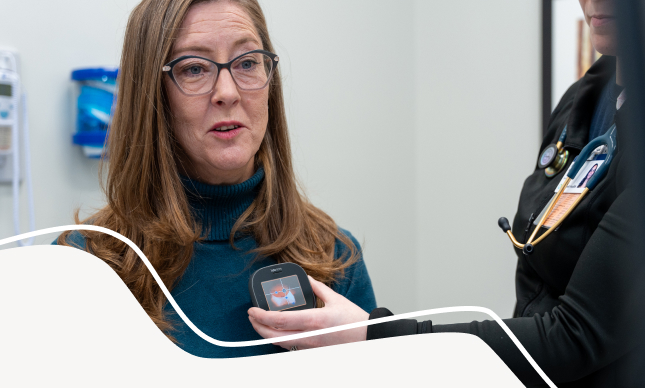The next investment priorities for telehealth, RPM and connected health
Leadership believes in telemedicine
In 2020 alone, Sanford Health provided approximately 300,000 telehealth visits. As the nation’s largest rural health system, it is committed to making significant virtual care investments to deliver the right care to its patients when and where they need it, close to home.
“Beyond video visits, e-visits and nurse triage systems, we have also invested in remote diagnostics for our patients through our partnership with TytoCare,” said Hocks of Sanford Health.
“Our leadership team strongly believes that investing in virtual care will be a necessary strategy moving forward to address the current challenges and opportunities specific to delivering care across a rural geographic footprint.”
Matt Hocks, Sanford Health
“In the past year, we’ve had more than 1,000 patient visits utilizing this technology, which provides patients with a comprehensive exam kit to perform a guided, remote medical exam of the ears, lungs, heart, skin, abdomen and temperature.
“We anticipate sustained growth in direct-to-consumer virtual care and new opportunities to create hybrid models bringing the best virtual care technology together with in-person care,” he continued. “We also see an evolving business case for these technologies, particularly with emerging and sustained workforce challenges.”
Sanford Health recently announced a transformational $350 million philanthropic gift that will support a clinical initiative to create a virtual care center and provide access to care in rural and underserved areas of the Midwest.
“The initiative will include the development of a virtual hospital in Sioux Falls, South Dakota, connecting hundreds of our existing clinics, hospitals and long-term care facilities,” Hocks explained. “We also plan to establish pilot satellite clinics designed to foster nurse-patient engagement while connecting virtually with specialty physicians.
“The virtual care center will focus on innovation, education and research initiatives to advance digital health solutions for the future,” he continued. “Our leadership team strongly believes that investing in virtual care will be a necessary strategy moving forward to address the current challenges and opportunities specific to delivering care across a rural geographic footprint.”
Click here to read more


